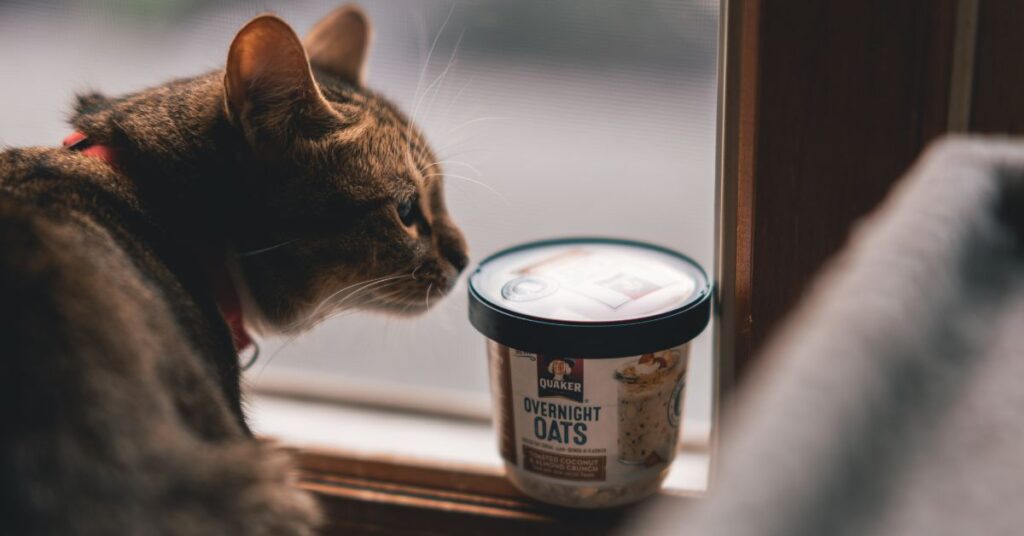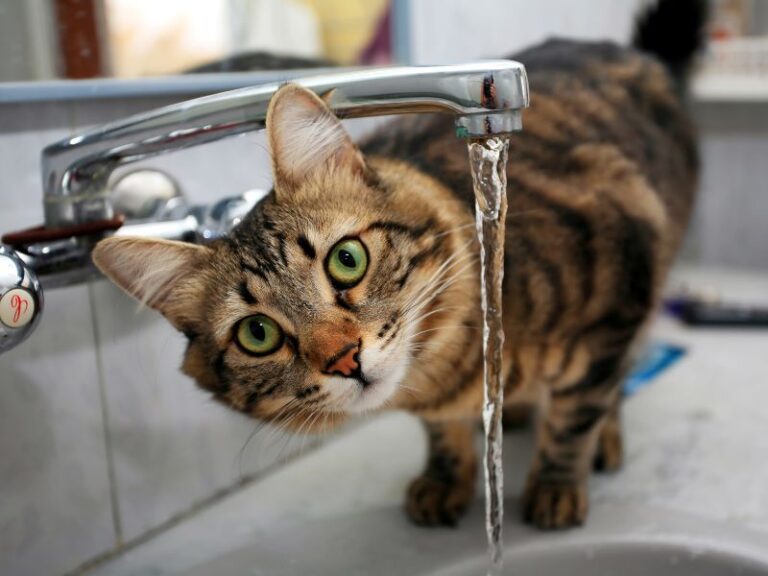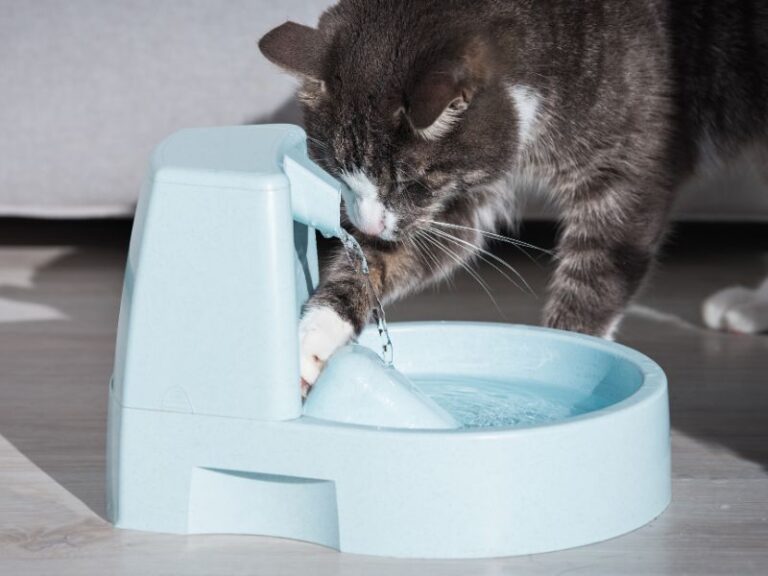Table of Contents
ToggleWhen it comes to our feline friends, their well-being is a top priority for any responsible pet owner. We all want our cats to live long, healthy, and happy lives. Yet, one of the most crucial aspects of cat care often goes overlooked – their nutrition. In this article, we’ll delve into the significance of cat nutrition and why understanding what constitutes the “worst food for cats” is essential for ensuring their optimal health and vitality.
Cats are not just pets; they are cherished members of our families. As such, we must pay meticulous attention to what we feed them. A cat’s diet plays a fundamental role in every aspect of their life, from their energy levels and coat condition to their susceptibility to various health issues. So, join us on this journey as we explore the world of cat nutrition, uncovering the hidden dangers lurking in some of the most commonly available cat foods. Together, we’ll learn how to make informed choices that can lead to a healthier, happier life for our feline companions.
Artificial Ingredients in Cat Food
When we talk about cat nutrition, one of the critical areas of concern is the presence of artificial ingredients in their food. But what exactly are these artificial ingredients, and why should we be wary of them?
Defining Artificial Ingredients
Artificial ingredients, in the context of cat food, refer to synthetic additives, preservatives, colors, and flavor enhancers that are not naturally occurring. These additives are typically included in commercial cat food to enhance taste, appearance, and shelf life.
Common Artificial Additives
You’ll find a variety of artificial additives in cat food, including but not limited to:
- Artificial flavors
- Artificial colors
- Synthetic preservatives like BHA, BHT, and ethoxyquin
- Texturizers and emulsifiers
Why These Additives Are Used
Manufacturers incorporate artificial ingredients for several reasons. They can make cat food more visually appealing to pet owners, extend its shelf life, and create an attractive taste for cats. However, the primary motivation is often cost efficiency.
Potential Risks
While artificial ingredients serve certain purposes, they come with potential risks. Cats can react adversely to artificial colors and flavors, leading to allergies or sensitivities. Synthetic preservatives, in excess, have been associated with health concerns, including carcinogenicity. Therefore, understanding the “ingredients to avoid in cat food” becomes crucial for responsible pet owners.
The Dangers of Artificial Ingredients
As we delve deeper into the world of cat nutrition, it becomes increasingly evident that artificial ingredients in cat food can pose significant risks to our feline companions. Let’s explore the dangers associated with these additives and their impact on a cat’s health.
Health Risks Associated with Artificial Ingredients
- Allergic Reactions: Cats, like humans, can develop allergies to artificial colors and flavors. These allergies may manifest as skin issues, gastrointestinal problems, or respiratory distress.
- Digestive Upsets: Synthetic preservatives, such as BHA and BHT, have been linked to digestive issues in cats. These additives can disrupt the delicate balance of a cat’s gastrointestinal system, leading to vomiting, diarrhea, or constipation.
- Potential Carcinogenicity: Some artificial ingredients have raised concerns regarding their potential to be carcinogenic, meaning they might increase the risk of cancer in cats. Ethoxyquin, for example, has faced scrutiny in this regard.
Impact on a Cat’s Digestion and Overall Health
Artificial ingredients can disrupt a cat’s digestive system, leading to discomfort and health problems. Cats are obligate carnivores, which means their bodies are adapted to a diet of primarily animal-based protein. Artificial additives can introduce elements into their diet that their bodies aren’t well-equipped to process.
Moreover, a cat’s overall health can be compromised when artificial ingredients are regularly consumed. Suboptimal nutrition can contribute to issues such as obesity, diabetes, and kidney disease. The long-term effects of consuming these additives can be particularly worrisome.
Insights from Veterinary Experts and Research Studies
Veterinary experts and research studies have consistently emphasized the importance of avoiding artificial ingredients in cat food. Their findings highlight the potential harm these additives can cause and underscore the significance of selecting cat food with natural, high-quality ingredients.
Reading Cat Food Labels
When it comes to ensuring your cat gets the best nutrition possible, one of the most powerful tools at your disposal is the cat food label. Understanding how to decipher these labels is crucial for making informed choices that prioritize your feline companion’s health.
A Guide to Reading Cat Food Labels
- Start with the Ingredient List: The ingredient list is where you’ll find the most critical information about what’s inside the cat food. Look for whole, recognizable ingredients such as chicken, salmon, or brown rice. High-quality cat food should feature animal-based protein as the primary ingredient.
- Check for Natural Ingredients: Aim for cat food that includes natural ingredients and avoids artificial additives like artificial flavors, colors, and synthetic preservatives. Remember the focus keyword: ingredients to avoid in cat food.
- Pay Attention to Protein Sources: Cats are obligate carnivores, which means they thrive on animal-based protein. Ensure that the primary protein source is clearly identified and not a vague term like “meat meal.”
- Avoid Fillers: Steer clear of cat food that contains excessive fillers like corn, soy, or wheat. These provide little nutritional value to your cat and can lead to digestive issues.
- Check for Adequate Moisture: Cats require adequate moisture in their diet to support their urinary tract health. Wet or canned cat food often contains higher moisture content compared to dry kibble.
- Look for AAFCO Certification: Ensure that the cat food meets the standards set by the Association of American Feed Control Officials (AAFCO) for the specific life stage of your cat (e.g., kitten, adult, senior).
- Consider Specific Dietary Needs: If your cat has specific dietary requirements due to age, health issues, or allergies, consult with your veterinarian for recommendations on specialized cat food.
Emphasizing the Importance of Ingredient Lists
The ingredient list is the heart of the cat food label. It provides transparency about what your cat is consuming. By prioritizing cat food with high-quality, natural ingredients and avoiding artificial additives, you can significantly enhance your cat’s overall health and well-being.
Making Informed Choices
Now that you’ve learned how to read cat food labels effectively, it’s time to put that knowledge into action and make informed choices that prioritize your cat’s health and well-being. Here are some valuable tips to help you select cat food that emphasizes natural ingredients and the benefits of organic or natural options:
Tips for Selecting Cat Food with Natural Ingredients
- Prioritize Whole Proteins: Look for cat food with real, whole protein sources as the main ingredient. High-quality options often feature ingredients like chicken, turkey, or fish.
- Avoid Artificial Additives: Reiterate the importance of avoiding artificial additives such as colors, flavors, and synthetic preservatives like BHA, BHT, and ethoxyquin. Remember the focus keyword: worst food for cats.
- Opt for Limited Fillers: Choose cat food that minimizes fillers like corn, soy, and wheat. These ingredients offer little nutritional value to your cat and can lead to digestive issues.
- Consider Wet Food: Wet or canned cat food typically contains higher moisture content, which supports urinary tract health. It can also be a good option for cats that don’t drink much water.
Benefits of Organic or Natural Cat Food
- Fewer Chemicals: Organic and natural cat food options are produced without synthetic pesticides, herbicides, and genetically modified organisms (GMOs). This reduces the risk of your cat ingesting harmful chemicals.
- Higher Quality Ingredients: Organic and natural cat foods often use higher-quality ingredients, which can lead to better overall nutrition and fewer health issues.
- Reduced Allergens: Cats with food sensitivities or allergies may benefit from organic or natural options, as they are less likely to contain common allergens.
Read More >>> The Difference Between Organic and Natural Cat Food
Personal Experiences and Opinions
In my own experience as a cat owner, I’ve found that investing in high-quality cat food with natural ingredients has led to noticeable improvements in my cat’s health and vitality. Cats are unique individuals, and what works best for one may not work for another. It’s essential to monitor your cat’s response to their diet and consult with a veterinarian if you have concerns.
Relevant >>> Cat Nutrition: Guide to Cat Food Nutrients
Final Words
In the world of cat nutrition, we’ve embarked on a journey to unravel the significance of what our feline companions consume daily. Throughout this exploration, we’ve uncovered vital takeaways that highlight the pivotal role nutrition plays in the lives of our cherished pets. Artificial ingredients in cat food, those synthetic additives that often find their way into commercial options, have emerged as a significant concern. From potential allergies and digestive upsets to the ominous shadow of carcinogenicity, these additives can pose serious health risks. Yet, armed with knowledge, we’ve learned to read cat food labels effectively, deciphering the codes of ingredient lists to make informed choices. The wisdom of prioritizing whole, natural ingredients while sidestepping artificial additives has been our guiding light.
As we wrap up this journey, let’s reiterate the profound importance of this knowledge. Your responsibility as a cat owner is not merely to provide sustenance but to safeguard your feline friend’s health and vitality. By steering clear of the “worst food for cats,” as exemplified by artificial ingredients, and opting for natural, high-quality nutrition, you are taking an unequivocal step towards securing a long, joyous life for your beloved pet. This commitment to their well-being is the cornerstone of the bond you share, ensuring that every moment spent with your furry companion is filled with the warmth of contented purrs and the exuberance of shared adventures.






